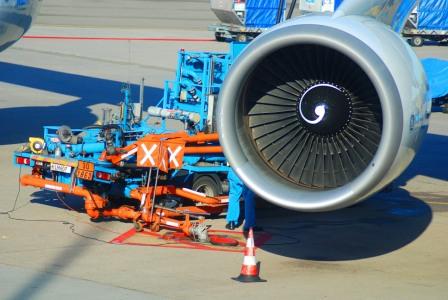Presented by Steven Bentley MD of Sofema Aviation Services www.sassofia.com
The “A” license has been with us now for many years, although some companies, indeed some countries do not really use it to its fullest possibilities or choose not to use it.
In fact the A license does not appear as a type (it is universal and is either standalone or a component of the B1). This is the big advantage of the system in that any A guy can work on multiple aircraft without having to do Type Training courses.
(Note a “B2” license does not include within its components an “ A” license
It is a company approval only means that this process is outside of Part 66 it is in fact a 145 process
It is also only possible for the certification of certain line maintenance & not base maintenance tasks, only persons with B1 automatically have an A license
The scheme has to be approved by the Quality System and documented in turn of course approved by the regulator
The elements which any auditor will look for include the normal expectations including procedures, control & management of competence, examination and oversight.
In addition and very important that the person has a Gen Fam course so that he is familiar with the safety precaution of the aircraft (This is not necessary to be 147 Gen Fam – but it is often delivered by the 147 )
Information from the regulation
Part-66 Category A Task Training
Theoretical and practical task training has to be carried out by the Category A applicant. At the end of the training the applicant is to be assessed or examined by the Part-145 AMO.
Such AMO’s must demonstrate to the Regulator that the organisation has procedures, which deal with providing such training and examination, or assessment. AMC 145.A.30 (g) Personnel Requirements lists a number of tasks, which would require appropriate task training.
AMC 145.A.30 (g) Personnel requirements
1. For the purposes of category A minor scheduled line maintenance means any minor scheduled inspection/check up to and including a weekly check specified in the operators approved aircraft maintenance programme. For aircraft maintenance programmes that do not specify a weekly check, the competent authority will determine the most significant check that is considered equivalent to a weekly check.
2. Typical tasks permitted after appropriate task training to be carried out by the category A for the purpose of the category A issuing an aircraft certificate of release to service as specified in 145.A.50 as part of minor scheduled line maintenance or simple defect rectification are contained in the following list:
a. Replacement of wheel assemblies.
b. Replacement of wheel brake units.
c. Replacement of emergency equipment.
d. Replacement of ovens, boilers and beverage makers.
e. Replacement of internal and external lights, filaments and flash tubes.
f. Replacement of windscreen wiper blades.
g. Replacement of passenger and cabin crew seats, seat belts and harnesses.
h. Closing of cowlings and refitment of quick access inspection panels.
i. Replacement of toilet system components but excluding gate valves.
j. Simple repairs and replacement of internal compartment doors and placards
but excluding doors forming part of a pressure structure.
k. Simple repairs and replacement of overhead storage compartment doors and cabin furnishing items.
l. Replacement of static wicks.
m. Replacement of aircraft main and APU aircraft batteries.
n. Replacement of inflight entertainment system components but excluding public address.
o. Routine lubrication and replenishment of all system fluids and gases.
p. The de-activation only of sub-systems and aircraft components as permitted by the operator’s minimum equipment list where such de-activation is agreed by the competent authority as a simple task.
q. Replacement of any other component as agreed by the Agency for a particular aircraft type only where it is agreed that the task is simple.




